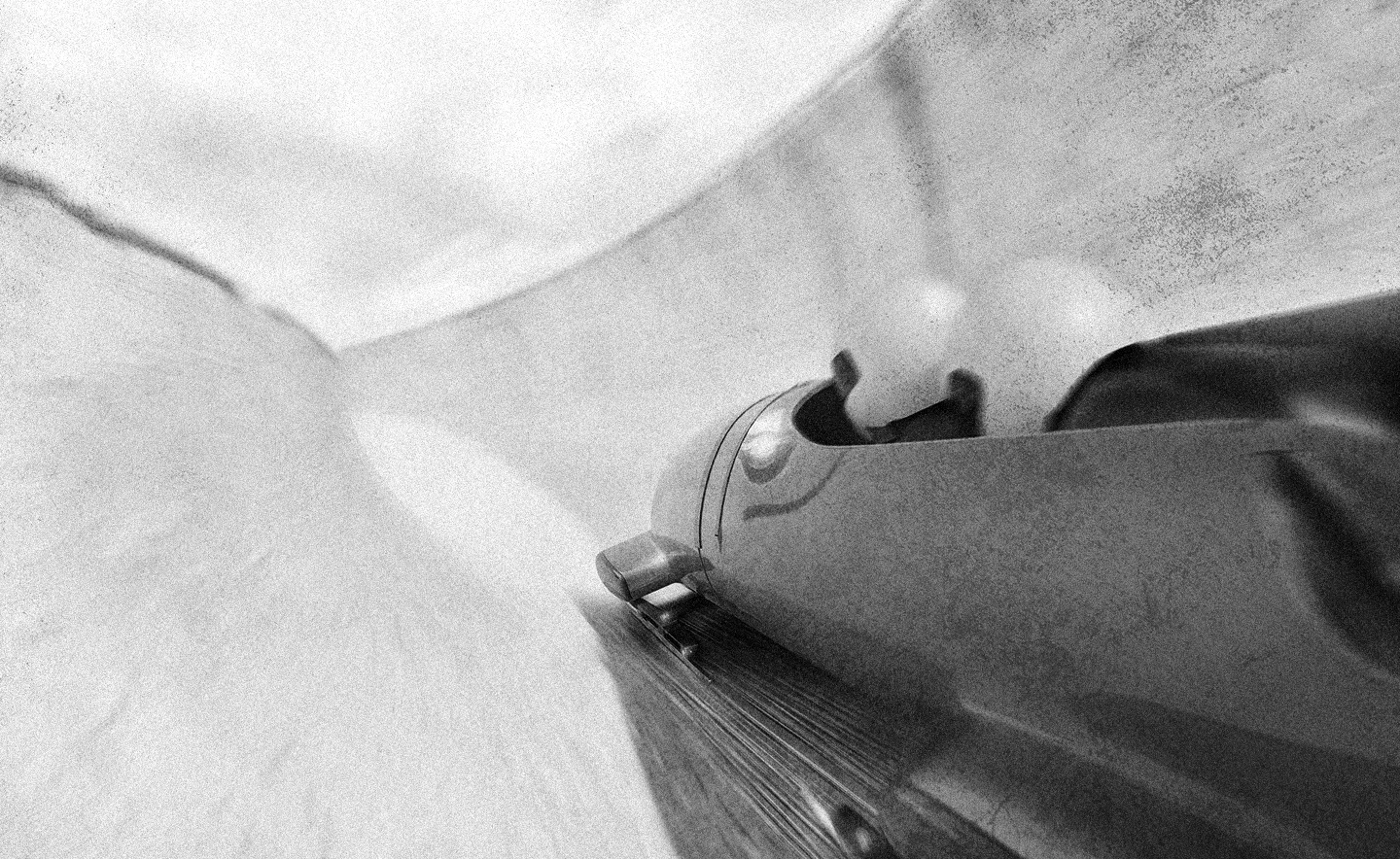In the Olympic Day week, we would like to relive one of the finest gestures of fair play in the history of the Olympic Games
Every year, on 23 June, we celebrate Olympic Day, the day the International Olympic Committee was founded at the Sorbonne in Paris, where Pierre de Coubertin shaped the revival of the ancient Olympic Games on 23 June 1894.
Even though Baron de Coubertin was only 1.62 metres tall, he was a giant of the 20th century in many ways. Born in 1863, he became the people's champion by committing to values such as freedom, equality and fraternity among people.
His name is inextricably linked to the ideal of Olympism, embodied today in the three Olympic values of friendship, excellence and respect. This is a celebration of the passion and determination needed to go down in Olympic history.
On the day that celebrates this spirit, we would therefore like to recall one of the most beautiful gestures of fair play to be ever seen in the history of the Olympics, and involving Eugenio Monti's famous “bolt”.
A history of speed
Eugenio Monti was an unforgettable character for Italian sports, and not only there. Red hair, expressive eyes, energy to spare and - above all - great courage.
Born in Dobbiaco on 23 January 1928 (although a true Cortina resident by choice), he spent his youth on skis, where he also managed to win the Italian Championships twice, in the Giant Slalom in 1949 and in the Slalom the following year, rivalling the legendary Zeno Colò (but that's a story for another day). It seemed the beginning of a great career. But no... ruptured ligaments and then another accident. It was all over, at least when it came to skiing.
However, the lure of speed was too strong. He needed a plan b, in the truest sense of the word. Monti took off his skis and started pushing his bobsleigh, hard. And this sport turned him into a legend.
The Olympics, at last
In 1954 came the first victories and the first technological developments in the use of materials, as Monti was not only a skilful driver in the icy alleys, he was also quick to realize what materials he could use to make the vehicle perform better and better. Because, in addition to bobsleigh, Eugenio had also a passion for fast cars.
At his home Olympic Games, in Cortina 1956, he won two silver medals: in the two-man bobsleigh (with his lifelong partner Renzo Alverà, with whom he also won a gold medal at the World Championships of the same discipline in 1957) and in the four-man bobsleigh (with Girardi, Mocellini and Alverà).
In Squaw Valley 1960, the “Flying Red” - as Gianni Brera had nicknamed him - did not participate in the US Games, but certainly not through any fault of his own. That year, the Olympics were preceded by a controversy that erupted when the Organising Committee decided not to build a bobsleigh track, as only nine countries had indicated their intention to participate. Thus, 1960 was the only time bobsleigh was not part of the Olympic programme.
Innsbruck 1964 and sporting immortality
Despite all this, sports success was not what made Monti go down in history, with a capital H.
At the Innsbruck 1964 Olympics, the Red was the Italian flag-bearer, by virtue of an already more than brilliant career. It seemed like a story with an already written ending.
On 31 January, Monti and Siorpaes, in the two-man bobsleigh race, battled against compatriots Zardini and Bonagura and the crew formed by British Nash and Dixon. Competition was fierce: after two heats, Monti ended up third, and the British first.
It was not the result he had hoped for, but he was surely to blame for it! Because on that afternoon, Monti was the architect of his own result. During the first run, the rear axle of the British sleigh broke, and the British could no longer continue. Monti realised this immediately, and without saying a word, he sent his opponents a replacement bolt. The English thanked him and flew off to first place.
From that moment on, their fate was sealed: Monti finished third, and Nash first. The Italian was left with the less valuable medal, at least in appearance. “We are in the lead only thanks to Monti. His loyal gesture is the greatest courtesy I have ever received as a sportsman in my life,” Nash said after the competition. And in response to criticism from Italian press, Monti said: “Nash did not win because I gave him the bolt. He won because he went faster.”
Finally the gold medal at Grenoble 1968
In Grenoble 1968, now in his 40s, Monti ended his career by getting the gold medal that had gotten away, and winning in the two-man and four-man bobsleigh competitions. In the two with Luciano De Paolis, and in the four with De Paolis, Mario Armano and Roberto Zandonella.
A unique and unforgettable way to end his Olympic career. A man who became a legend, a story that survives the wear and tear of time. Cortina's bobsleigh track is dedicated to the memory of one of its most illustrious sportsmen.
The St. Moritz Bobsleigh Club, the first bobsleigh club in history, also dedicated a monument to him, called “Monti's Bolt”, placed at the exit of turn 4 (Sunny Corner) of the famous Olympia Bobrun St. Moritz-Celerina track, in memory of the gesture he made for Nash and Dixon, members of the Swiss club.
Whichever way you look at it, Monti's gesture is certainly one of the most beautiful and full of meaning in Olympic history. Competing fairly becomes more important than winning, respecting the athletes you compete against, who are opponents only on the track, but never in life.
A gesture that we never get tired of celebrating, especially on Olympic Day.










































































